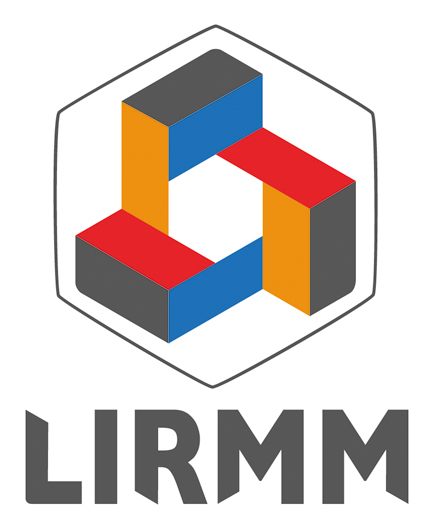Accéder à toutes les publications de l'axe depuis 2005 -cliquer ici–
Au LIRMM, les chercheurs de plusieurs équipes d’informatique, de robotique et de microélectronique appliquent leurs travaux à l’exploration et la caractérisation du milieu aquatique, depuis les zones karstiques profondes jusqu’aux zones océaniques les plus reculées de la planète, en développant des outils innovants dans le cadre de collaborations avec des biologistes, écologues, archéologues, hydrologues, chimistes ou mécaniciens.
Les recherches s’articulent autour des principaux thèmes suivants :
- Les systèmes microélectroniques de marquage et de suivi des espèces marines par communication satellite ou Lora, avec mesure in vivo de paramètres physiologiques ;
- Les algorithmes de traitement des images vidéos ou acoustiques par intelligence artificielle pour l’identification des espèces sous-marines, le comptage de poissons, ou encore la détection des déchets sous-marins ;
- Les algorithmes de localisation et de cartographie automatiques à partir d’images vidéos et acoustiques dans les environnements karstiques ou sous-marins ;
- La conception et la commande de robots sous-marins dédiés à l’archéologie, la biologie, la dépollution ou la navigation en environnement confiné tel que le karst noyé ;
- La garantie de performance et la sûreté de fonctionnement des systèmes robotiques autonomes d’exploration ou de surveillance de l’environnement ;
- Les systèmes à actionnement redondant et à géométrie variable.

